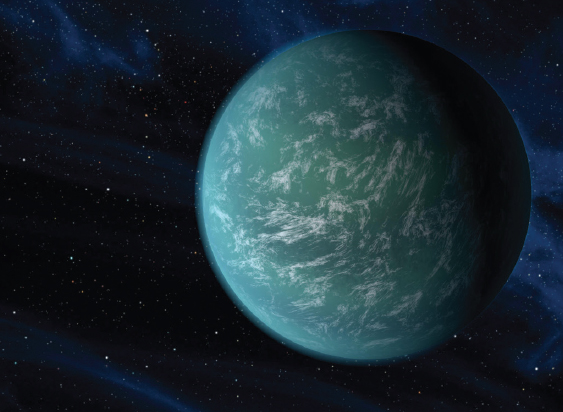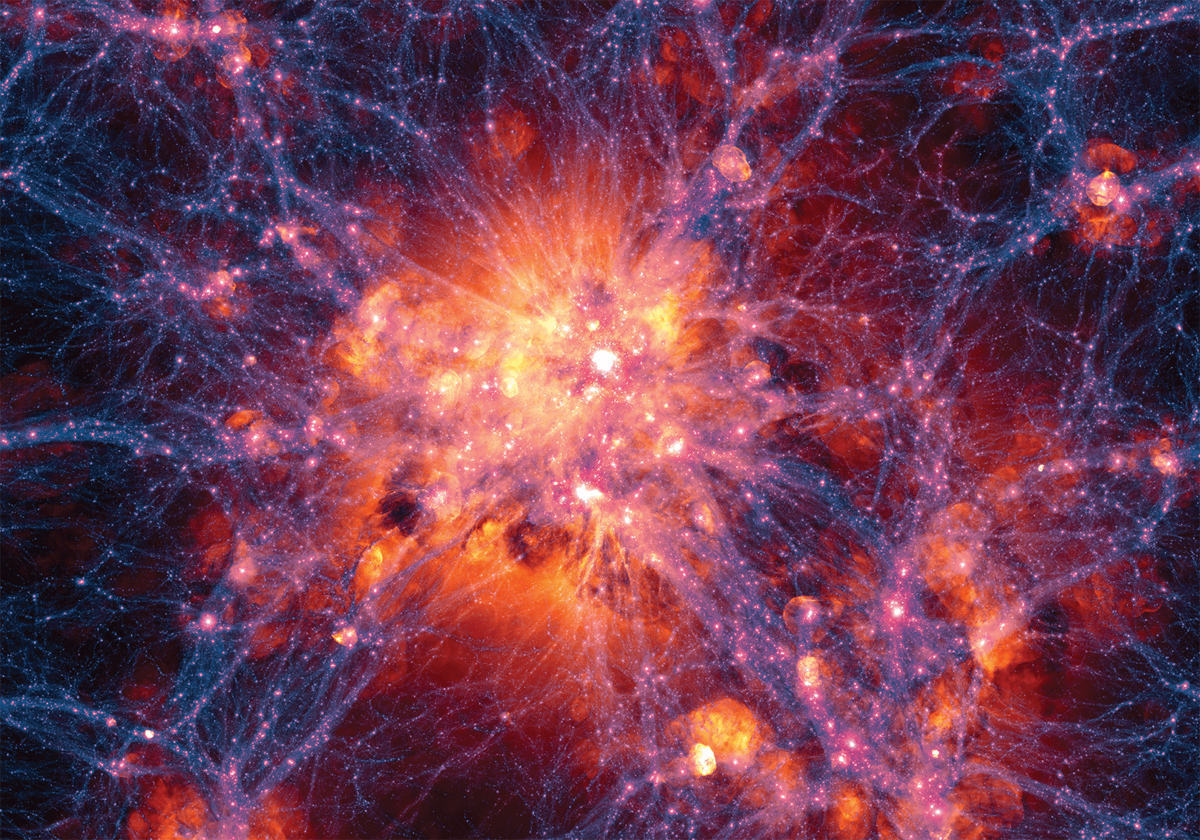CONCLUSION
To peer into space is to look back in time. Yet, in our quest to piece together the ancient history of the universe, we are also looking toward the future—a future in which our combined efforts uncover new insights and new possibilities for humanity as a whole. Venturing into the vast expanse of space, searching for signs of life elsewhere in the cosmos, and gazing into the hearts of galaxies offers new perspective on where we came from—and where we might be heading.
The work outlined in this decadal survey spans generations: We are fulfilling the dreams of our parents and laying the groundwork for what our children can achieve.
This work also spans borders: The ambitious endeavors to understand our universe reflect the collective effort of individuals and nations around the world and should encompass all of humanity’s diversity.
The societal benefits of investment in astronomy extend far beyond astronomy itself. Discoveries in astronomy and astrophysics inspire people to pursue STEM careers, engage in lifelong learning, and unite around a common purpose.
The achievements of the past several decades have demonstrated the astonishing potential of emerging technologies to reveal what was previously hidden, to answer long-standing questions about our universe, and to capture our collective imagination. With strategic investments to cultivate an innovative workforce, advance tools and technologies, sustain current activities, and construct new frontier facilities, we can achieve much more. We may indeed be on the verge of breakthroughs that will change our understanding of the cosmos. The United States can lead the way.

Realizing the opportunities presented in these pages will only be possible with the continued dedication and energy of the community, the agencies, and the excitement of the nation to explore the cosmos and answer some of humanity’s most profound questions.
Image Credits and Sources
NASA, Hubble Heritage Team, (STScI/AURA), ESA, S. Beckwith (STScI)
Illustris collaboration
NAOJ
NASA/W. Stenzel
Event Horizon Telescope Collaboration
NASA; https://chandra.si.edu/photo/2012/30dor; X-ray: NASA/CXC/PSU/L. Townsley et al.; Optical: NASA/STScI; Infrared: NASA/JPL/PSU/L. Townsley et al.
The Disk Substructures at High Angular Resolution Project (DSHARP). I. Motivation, Sample, Calibration, and Overview,” S.M. Andrews et al. 2018, The Astrophysical Journal Letters, 869:L41. © AAS. https://doi.org/10.3847/2041-8213/aaf741
NASA GSFC/CIL/Adriana Manrique Gutierrez
NASA/Space Telescope Science Institute
NASA, ESA, CSA, and STScI
Rubin Obs/NSF/AURA
GMTO Corporation
TMT International Observatory
ESA and Planck Collaboration
T. Burchell, NRAO/AUI/NSF
WSMR Visual Information Branch
ESO/L. Calçada/spaceengine.org
NASA/Ames/JPL-Caltech
This decadal survey was sponsored by the Air Force Office of Scientific Research, the National Aeronautics and Space Administration, the National Science Foundation, and the U.S. Department of Energy’s Office of High Energy Physics. These federal agencies all participate in different aspects of the U.S. space- and ground-based astronomy and astrophysics program. Any opinions, findings, conclusions, or recommendations expressed in this publication do not necessarily reflect the views of any organization or agency that provided support for the project.
https://nap.nationalacademies.org/Astro2020
Copyright 2023 by the National Academy of Sciences. National Academies of Sciences, Engineering, and Medicine and National Academies Press and the graphical logos for each are all trademarks of the National Academy of Sciences. All rights reserved.
Printed in the United States of America.






